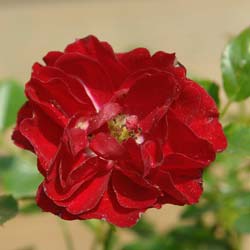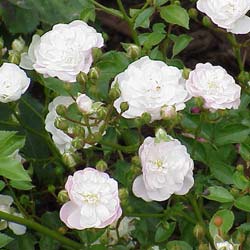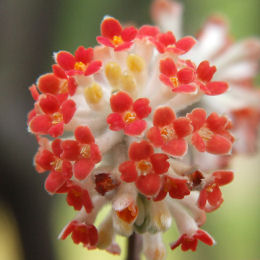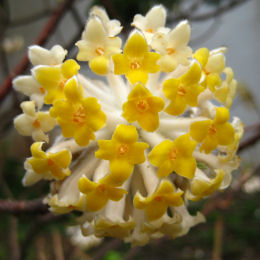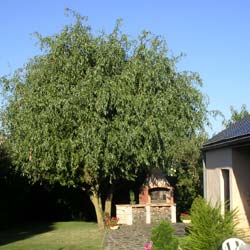How to use fertilizer properly
• Why fertilize ?
• When to fertilize ?
• Nutrients
• Choosing a fertilizer
• How to use fertilizer properly
• Nourish your plants according to their needs
• Make your own compost
• Encourage perennial plants in the spring
• Give some tonus back to your flowering plants
• Feed fruiting trees
• Fertilise hedges
If you are using a pesticide, you always read the instructions and pay attention. However, with a fertilizer, we often act with our eyes closed... and it is a mistake !
Informative packaging
All commercially produced fertilizers show on the packaging a code made up of letters and numbers. Once you know what this code means you can gain some valuable advice on how to use it. You read the ingredients of the food that you buy for your children? You should do the same for the food that you buy for your plants !
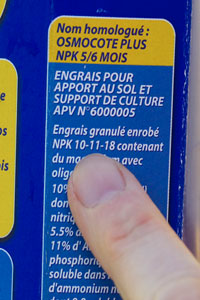
Learn to understand the information on the packaging: it is very informative !
In three letters
All commercial fertilizer (including bio) shows the chemical symbol for each nutrient that it contains, it also shows the relative quantity and concentration. We often talk about the code NPK (N for nitrogen, P for phosphorous and K for potash). Using this code, you will find fertilizers described as :
N-P-K 15-12-8: containing 15 parts of nitrogen to 12 parts of phosphorous to 8 parts of potash, and nothing else (no trace elements). This is a fertilizer that is quite basic and concentrated, shown by the high numbers. It should only be used for lawns and hedges and then with moderation !
N-P-K 7-5-6 + 1 S: contains 7 parts nitrogen to 5 of phosphorous and 6 of potash, but also contains 1 part of sulphur (S). A little less basic than the earlier one and useful for flowers or less demanding vegetables for example.
N-P-K 1-3-2 + 1 MgO: contains three times the amount of phosphorous as nitrogen, and two times the amount of potash as nitrogen with some added magnesium (MgO). The numbers are quite low: this means that it is a weak fertilizer and the risk of using too much is limited.
By comparing the codes of two fertilizers you will see straight away, which is the stronger (higher numbers) and what each of them contains and in what proportions. This allows easy comparison of products as well as helping you find a less expensive fertilizer that has the same composition !
The different forms
Fertilizers that you buy – be it organic or chemical – are sold in a form that allows them to be easily used. Pellets must be mixed in with the soil around a plant’s roots at a depth of about 10cm below the surface. Liquid fertilizers need to be correctly diluted and then applied by watering around the base of a plant, the ground should already be damp. There is no point trying to make a liquid fertilizer by dissolving fertilizer pellets, it will not work: you will end up by despairing and the plants will not even like the end result.
Fertizers and watercourses: a bad mix !
The presence of pesticides in our water is worrying. However, the use of fertilizers in our gardens can also damage the environment. By using too much fertilizer, gardeners help to damage the quality of the surface water, which can lead to the development of algae and other undesirables, far away from our cultivated patches of land! Limit the use of fertilizer in areas that feed into watercourses, such as on sloping land (steeper than 7%) where the run off water ends up in nearby ponds or rivers.
Useful information : Pollution is not only caused by chemical fertilizers but also by organic fertilizers (bio)! As the old proverb correctly points out “it is the amount of poison that kills”. With fertilizer it is the same, it is the excessive use of fertilizers that will lead to pollution, regardless of their type...


























































































































